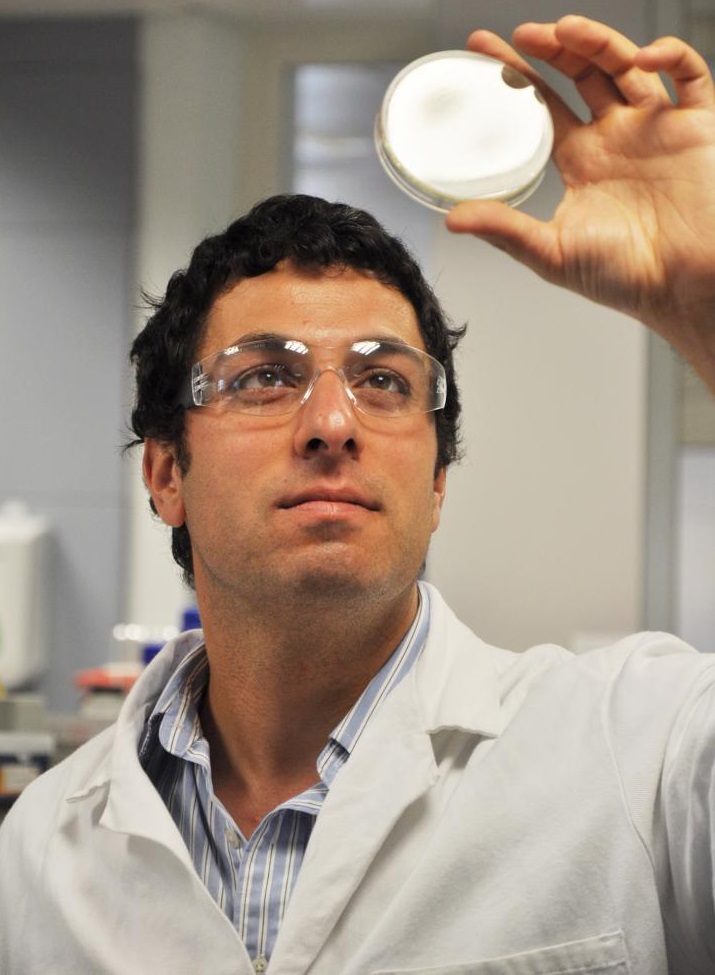August 12, 2015 | by Josh L Davis

photo credit: Even blind people and fetuses are known to undergo REM. Minerva
Interesting article by Josh l Davis for those patients we treat with sleep disorders using cranial Osteopathic techniques.
When you dream, your eyes flutter quickly from side to side, which is exactly why this phase is known as rapid eye movement (REM) sleep. It’s long been suggested that the eye movements might correlate with people seeing things in their dreams as they “look around.” Yet even fetuses and people who have been blind since birth experience REM, despite the fact that they’ve never experienced sight.
New research building on this shows that during REM sleep, the pattern of signaling in the brain is similar to that when we see, or imagine, a new image. The researchers from Tel Aviv University found that there was a burst in the activity of neurons that occurred just after the person’s eyes flickered. This activity reflected a change of concept or scene (not image processing) during sleep. The scientists demonstrated that this was the same brain activity that occurred when awake patients were shown pictures, especially those related to memory.
“About a 0.3 seconds after the picture appears, these neurons burst – they become vigorously active,” Dr. Yuval Nir, who co-authored the study published in Nature Communications, explained to BBC News. “This also happens when people just close their eyes and imagine these pictures, or these concepts.”
This is important because it could go some way to explain why blind people still undergo REM sleep. The eye movement might not mean that someone is actually scanning a dream’s environment, but more moving onto the next scene or concept. For example, a blind person will perceive a scene through sound and emotions, and these will obviously vary from one to the other. So when scenes change in a dream, their eyes will flicker in the same way that happens with people who can see.
The research was conducted over a period of four years, using data collected from those who suffer from epilepsy. The patients already had electrodes implanted in their brains to try and help manage their seizures, and this allowed Dr. Nir the perfect chance to measure the activity of around 40 individual neurons – mainly within the medial temporal lobe located towards the bottom of the brain – while the volunteers slept.
It’s difficult to know what the patients were actually dreaming about, and how the neuronal activity related to what they were “seeing,” as they didn’t wake them up to ask what they were dreaming about. “But we are sure that the brain is alternating between different mental imagery,” Dr. Nir told New Scientist. “Every time you move your eyes, a new image forms in the mind’s eye.”



